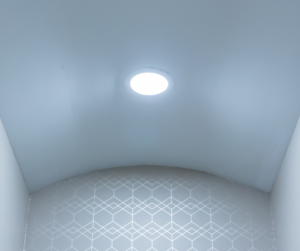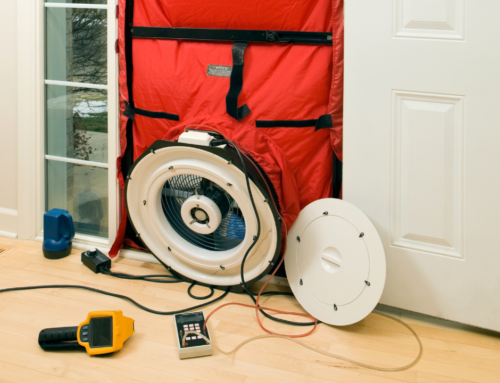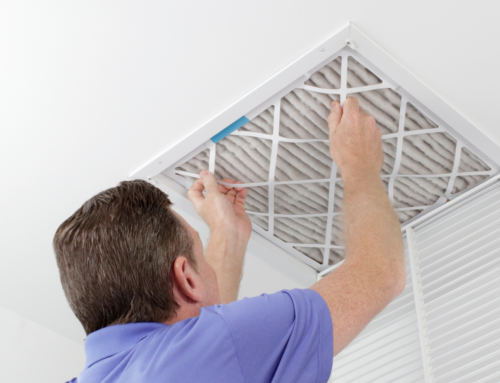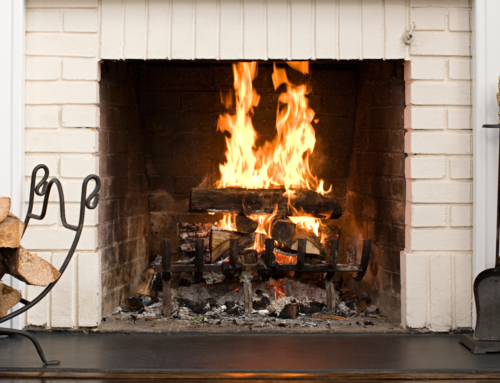Whether you are building your forever home, lived in yours for years, or are somewhere in between, there are pretty good odds that you have at least a few can lights in your home. You’ve probably walked underneath them countless times. Have you ever given can lights any thought, other than when a bulb goes out? Most people haven’t. I’m often asked how much conditioned air homes are losing through their doors and windows. No one ever thinks about their can lights. There is a distinct possibility that these could be the primary culprit of your air infiltration equal to, or possibly exceeding the total volume allowed by every door and window in your home. My goal here is to discuss the different types of can lights, and what you can do to keep these leaky bandits from stealing your conditioned air.
Out With The Old, In With The New
When it comes to can lights, its important to know what type of bulbs you currently have installed. Most bulbs today are LED (Light Emitting Diode). These are the new standard in home lighting. LEDs are up to 9x more efficient than the most common incandescent bulbs. Most can lights installed before 1999 likely have an incandescent, compact fluorescent, or even worse, a halogen bulb in them.
Different types of bulbs have varying temperatures and vent heat differently. This dictates how the housing of the fixture is designed and insulated. Halogen, and other high-intensity discharge bulbs, are the hottest bulbs available for residential use. Incandescent and compact fluorescent are slightly cooler, but still put off considerable heat, north of 400 degrees Fahrenheit. Can lights with this type of bulb and housing must be able to vent that heat up and out of the home. This keeps the fixture from getting too hot and shorting out, or even worse, becoming a fire hazard.
Insulation Contact
Older fixtures will often have Non-IC housings. These fixtures are not allowed to directly contact insulative materials like fiberglass, cellulose, spray foam, etc. Since they are directly vented into the attic, with nothing to impede air movement, these lights can leak anywhere from 10 to 30 cubic feet of air per minute (CFM).
I’ve seen as many as 130 recessed lights in a home. At 30 CFM per light, these would have as much air infiltration/exfiltration as we would expect from an entire 4000 sqft house! Also, you can’t insulate over the top of them. So each one of these openings becomes a gateway for air to move in and out of conditioned space. That could cost anywhere from $5 to $30 per light over a given year. Even IC Rated (Insulation Contact Rated) can lights allow for air to flow through, as much as 20 CFM per light. This is a slightly less, but still unacceptable, allowance for anyone hoping to save energy.
So what solutions do you have if you find yourself with any of the above scenarios? A gasketed LED IC Rated (insulation contact rated air-tight) can light leaks an average of 2 CFM. This is a tremendous improvement, but what does it mean for you?
Can Lights Retrofit
Replacing the entire recessed light isn’t always a feasible solution. You may encounter obstacles like location in the attic or interstitial space in between floors. The lights might even be covered by insulation. Getting an electrician into these areas to swap out the housing can be annoyingly difficult, expensive, or even impossible. Luckily, replacing the entire can isn’t necessary to achieve energy savings. Most recessed lighting can be retrofitted to a gasketed LED ICAT at a fraction of the cost to hire an electrician. We at Home Energy Rx often retrofit gasketed air-tight disk light kits without replacing the entire housing. We also have the pressure diagnostic equipment necessary to quantify the improvements that most other trades simply don’t have the expertise to use.
If you have high bills, discomfort, or you’re curious about how your home works as a system – give us a call today! We’ll help determine whether or not your inauspicious lighting is the primary suspect, or just an accomplice, to something more sinister stealing your energy.
Written by: Mason Wilder








Leave A Comment